There can be your advertisement
300x150
Suspended Ceiling in Children's Room. Advantages and Disadvantages
Suspended ceiling in children's room. Advantages and disadvantages.
Suspended ceiling in children's room. Advantages and disadvantages. During renovation, a practical solution is a suspended ceiling in a children's room. The popularity of using this type of ceiling covering is due to several obvious advantages:
- ecological safety;
- anti-static effect of the material surface;
- practicality (reliability, strength, elasticity);
- impossibility of mold formation;
- ease of installation and removal;
- do not absorb condensation;
- simpleness in cleaning;
- attractive appearance;
- impressive thermal and sound insulation properties.
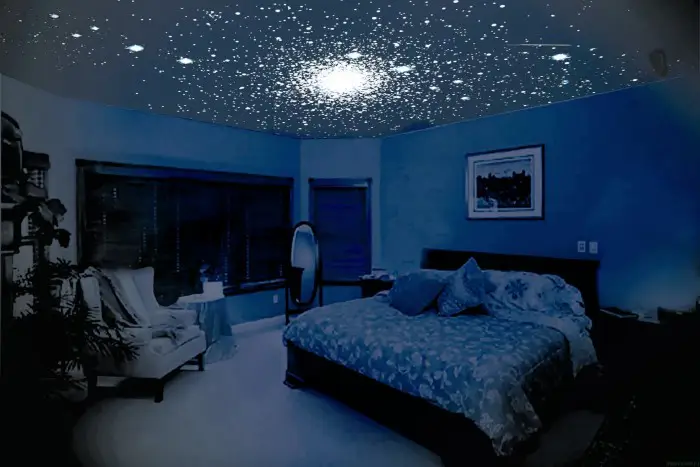
Photo 1 — Starry sky above the sleeping area
Another important advantage: suspended ceilings mask all irregularities of the base, so you spend less money and time on smoothing cracks, fighting old coverings, etc. When decorating a ceiling in a children's room, it is important to consider the child's age.
For example, when a children's room is more of a place for play and sleep than for studying and leisure activities, the ceiling design, just like the entire room, should stimulate active time, development, and cognitive activities.
Therefore, for toddlers and younger school-age children, the best option would be a ceiling with photo printing depicting beloved cartoon characters or fairy tale figures from children's books.
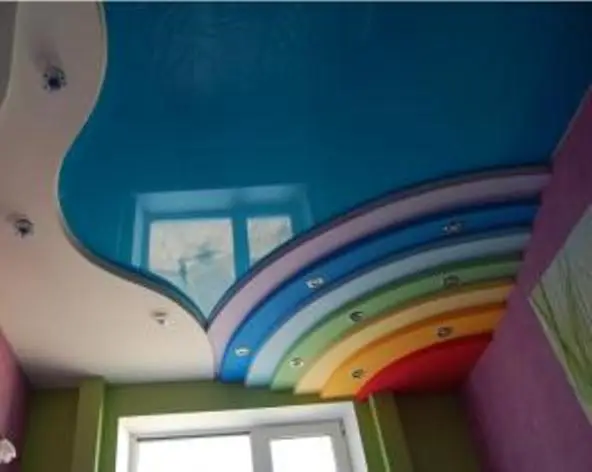
Photo 2 — A complex ceiling design (suspended system plus gypsum board frame)
For slightly older children, thematic ceilings with images of wild flora and fauna, planets, constellations, geographical maps (to improve perception of school materials and awaken certain interests or instill knowledge in the child, these can also be school geographical maps stylized as treasure maps). The ceiling fabric can also be decorated with an abstract pattern or a favorite artist's painting.
For teenagers, a classic monochrome variant of ceiling finishing would be more suitable.
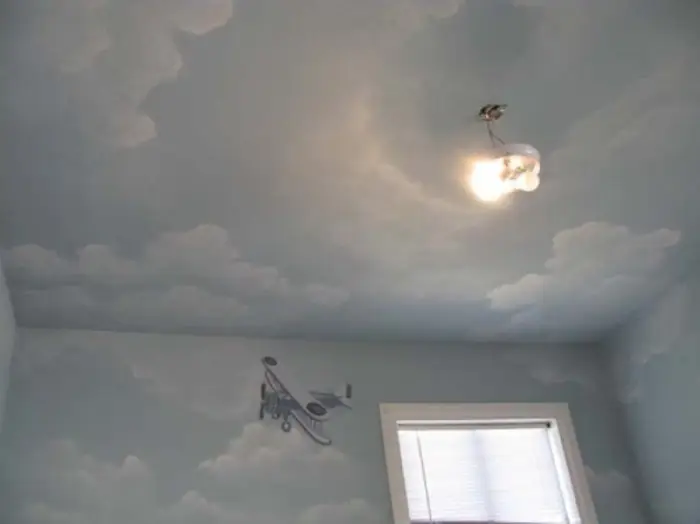
Photo 3 — Design of a suspended ceiling as a continuation of the wall painting
Truly universal designs for children's rooms of any age are suspended ceilings with starry sky images. In addition to the regular star print, a special fluorescent coating can also be applied to the ceiling: it will "shine" in the dark hours of the day.
The same effect can also be achieved by installing a network of small bulbs into the ceiling system (see photo). For mounting such ceilings, special fasteners are usually used that are embedded into the ceiling base. If installing lighting on the ceiling base for some reason is undesirable, gypsum board ceilings are first mounted.
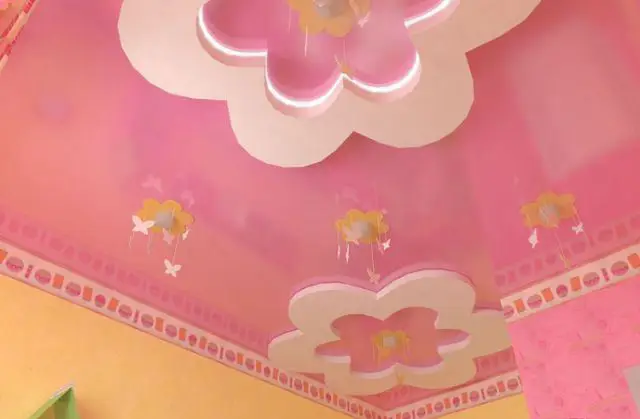
Photo 4 — Suspended ceiling in a girl's bedroom (rosy fabric tensioning and gypsum flower installation)
How to Choose the Right Color for Suspended Ceilings?
The color of the ceiling, regardless of age, can to some extent influence a child's behavior and even their well-being. Therefore, when choosing the color of ceiling fabric, keep in mind:
- Hyperactive, emotional children are better suited to light pink or lilac ceiling fabric — these colors can help calm restless kids;
- aggressive and overly bright colors (red, orange, bright pink) should be avoided due to their negative impact on the psychological and emotional state of children;
- it is better to choose neutral and light shades: beige, white, milk-white, light green;
- for organizing a ceiling above a workspace in a children's room, a gentle yellow color is better, which stimulates mental activity.
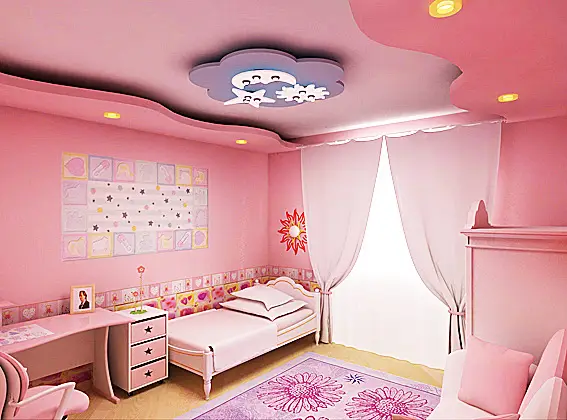
Photo 5 — Complex gypsum board structures for children's room ceiling decoration
Disadvantages of a suspended ceiling:
- instability to mechanical damage;
- impossibility of installing a suspended ceiling system by oneself.

Photo 6 — Multi-planar suspended ceiling that changes its appearance depending on the room lighting level. Daytime lighting
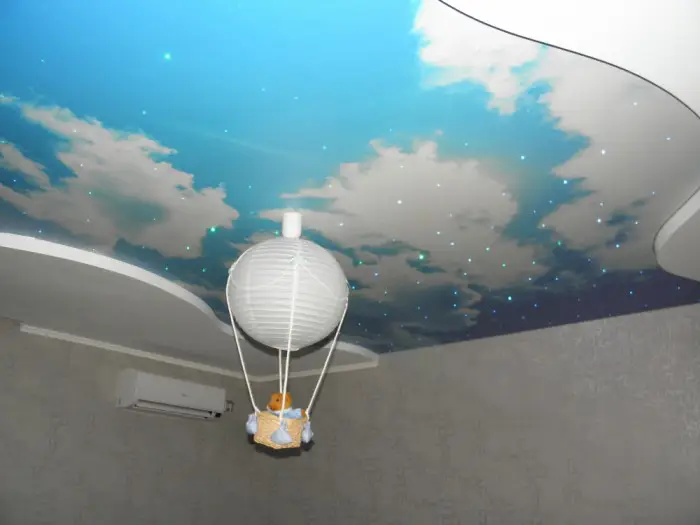
Photo 7 — Multi-planar suspended ceiling that changes its appearance depending on the room lighting level. Afternoon lighting

Photo 8 — Multi-planar suspended ceiling that changes its appearance depending on the room lighting level. Evening lighting

Photo 9 — Multi-planar suspended ceiling that changes its appearance depending on the room lighting level. Nighttime lighting
More articles:
 Interior Design of the Hallway. Transforming a Passage Room
Interior Design of the Hallway. Transforming a Passage Room Interior Design Ideas for Living Rooms: Unusual Solutions
Interior Design Ideas for Living Rooms: Unusual Solutions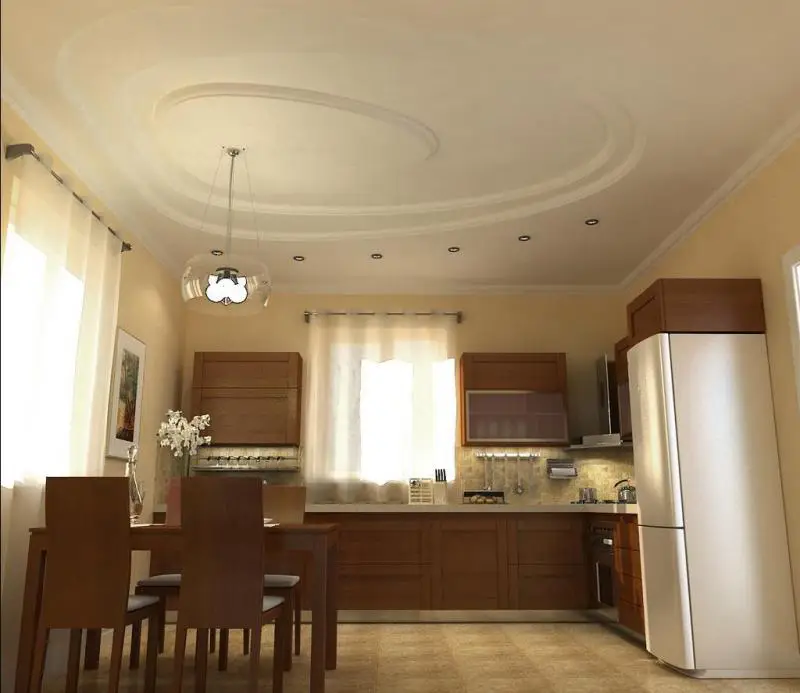 Ceiling Design for Kitchen from A to Z
Ceiling Design for Kitchen from A to Z Ceiling Design in Bedroom. Considering Room Characteristics
Ceiling Design in Bedroom. Considering Room Characteristics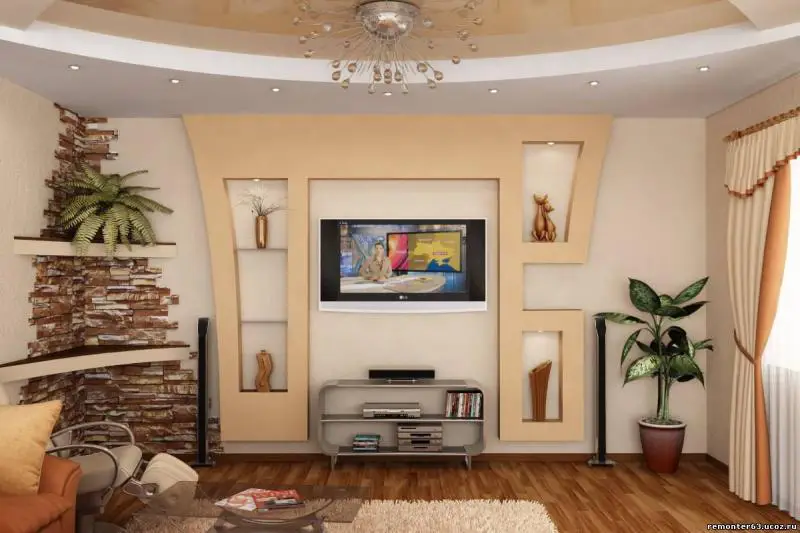 Ceiling and Wall Design in Living Room. Choose Your Style
Ceiling and Wall Design in Living Room. Choose Your Style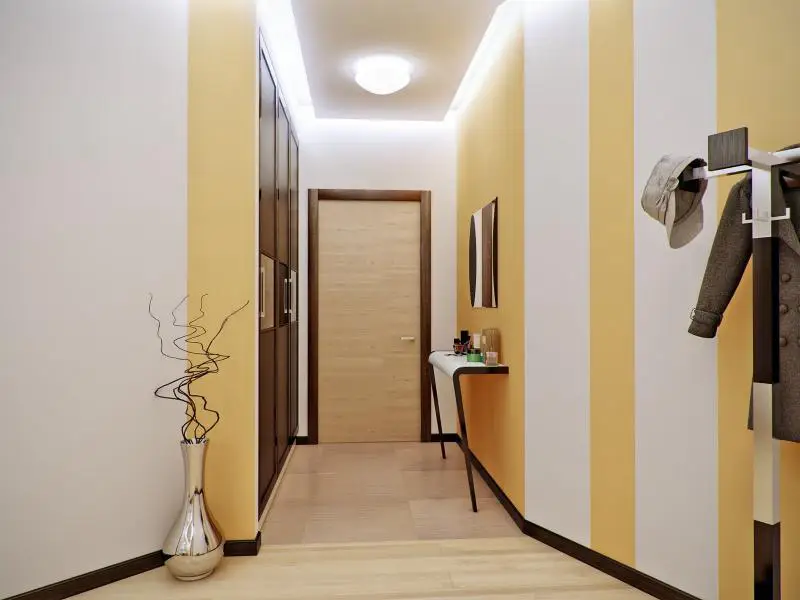 Ceiling Design in Corridor and Hall
Ceiling Design in Corridor and Hall Ceiling Design in Bathroom
Ceiling Design in Bathroom Interior Design of a One-Room Apartment in Sweden: Model Ergonomics
Interior Design of a One-Room Apartment in Sweden: Model Ergonomics